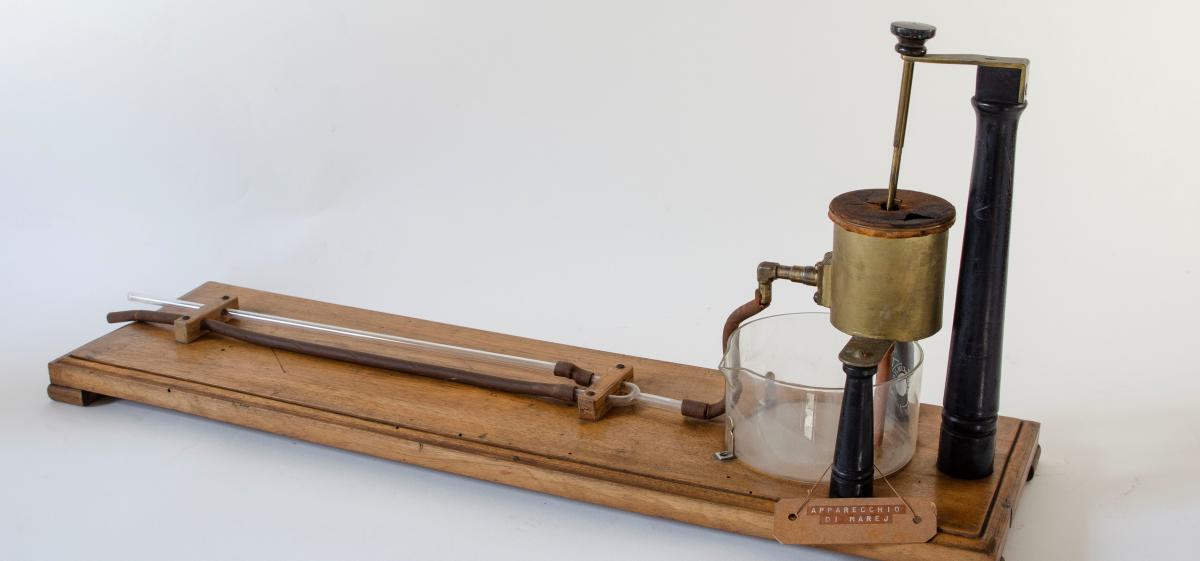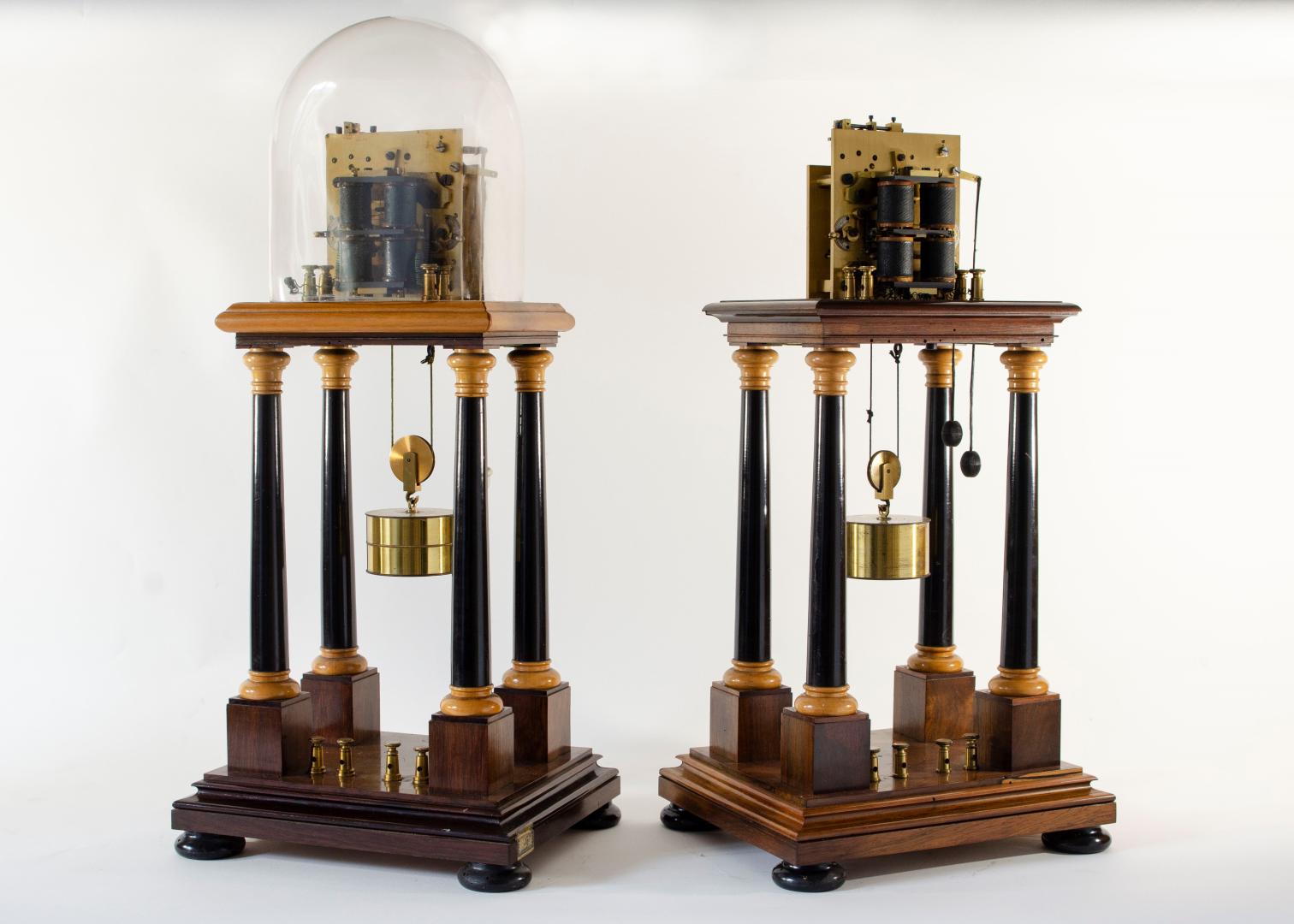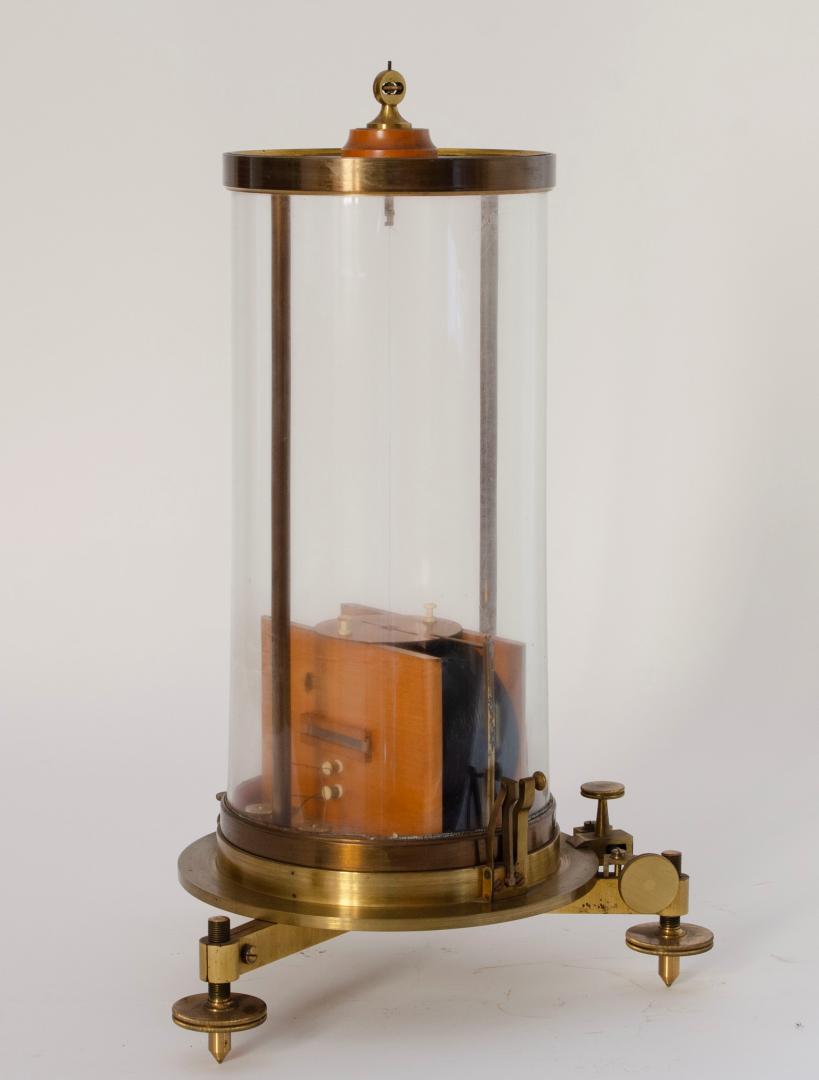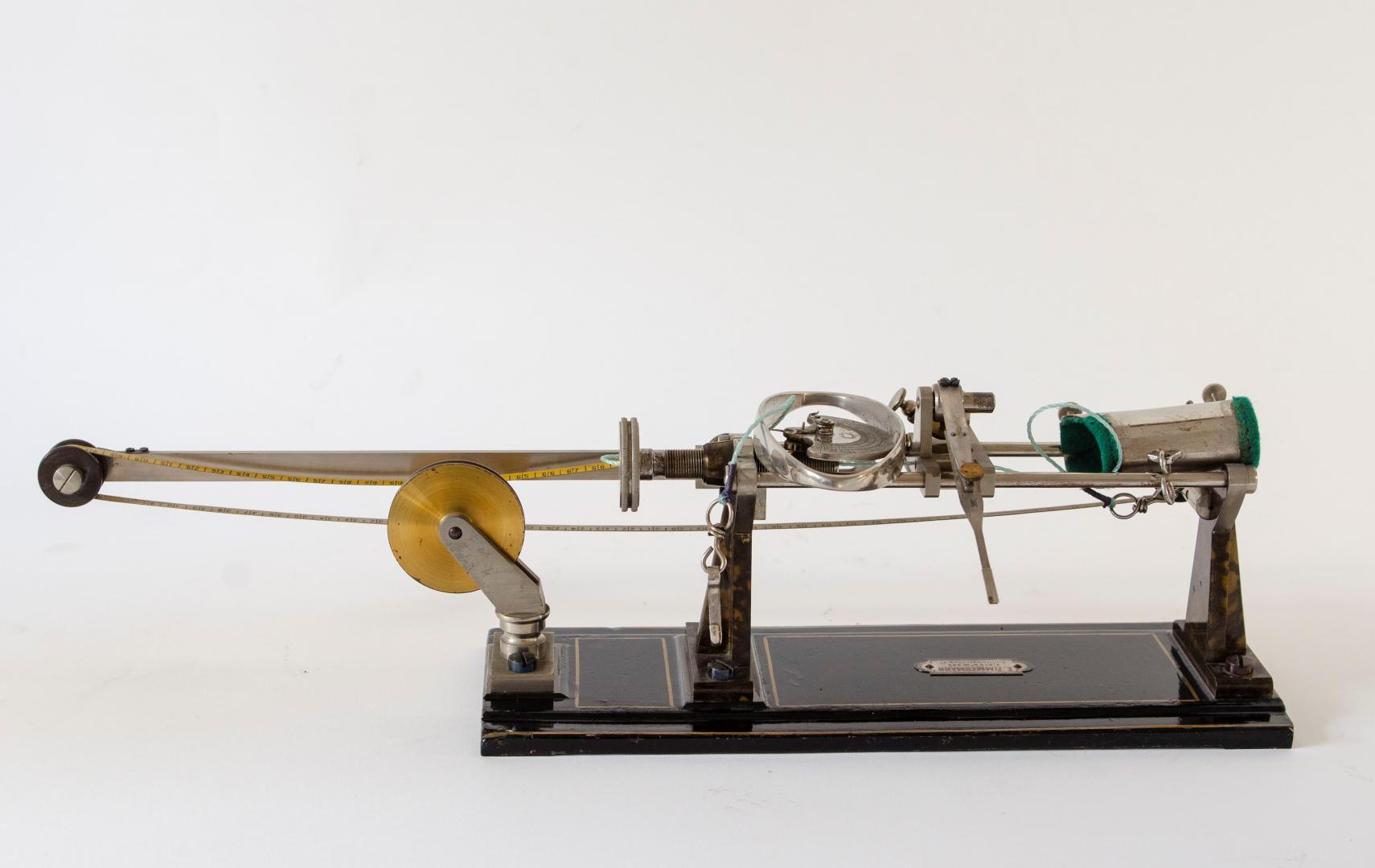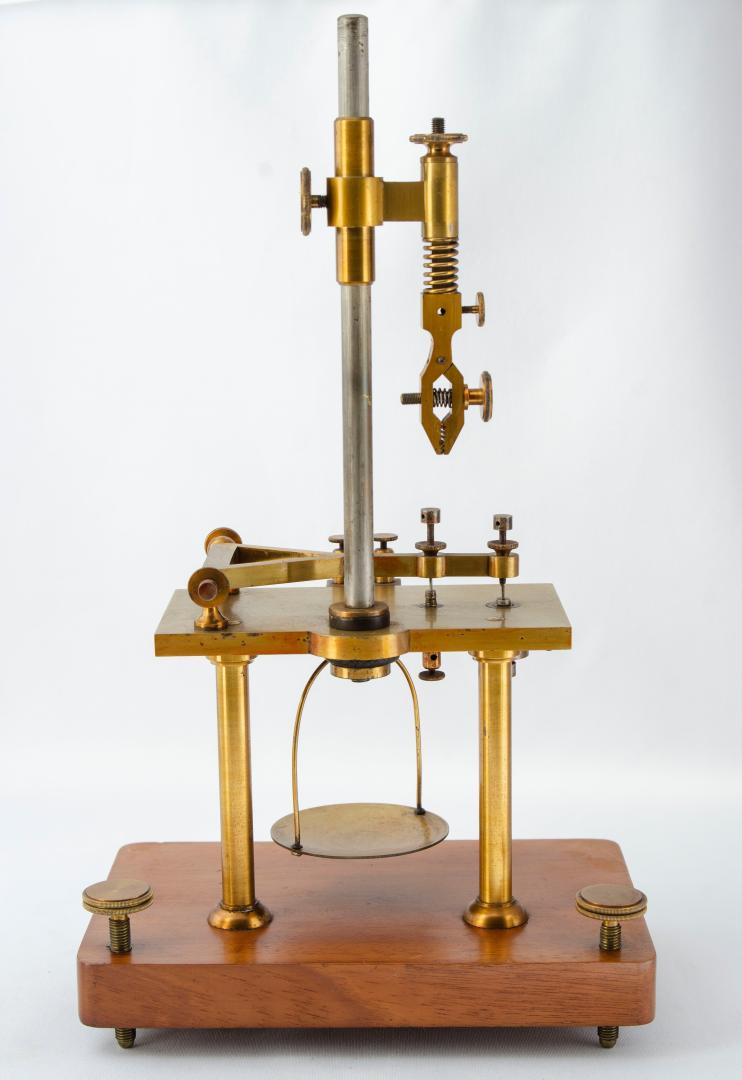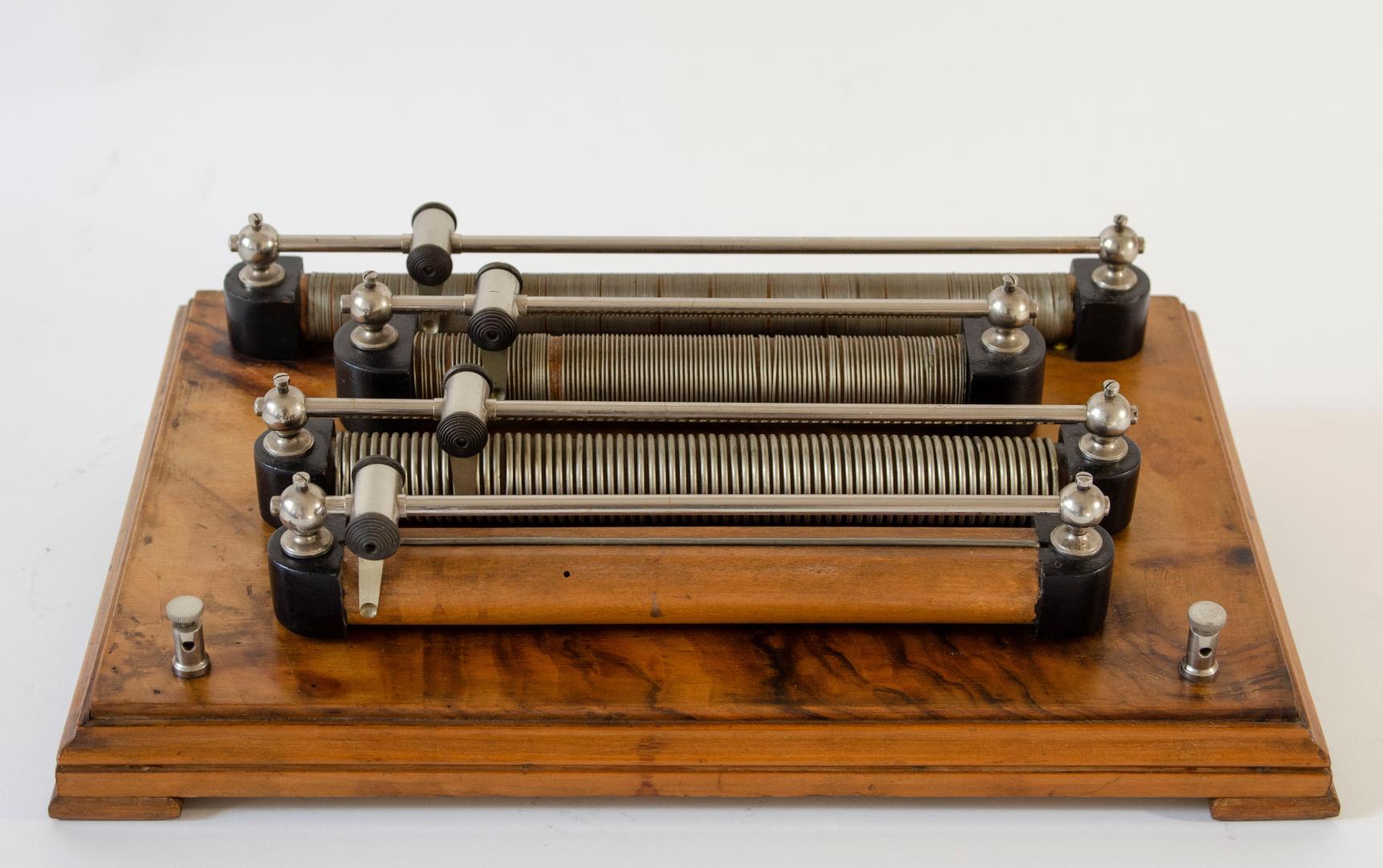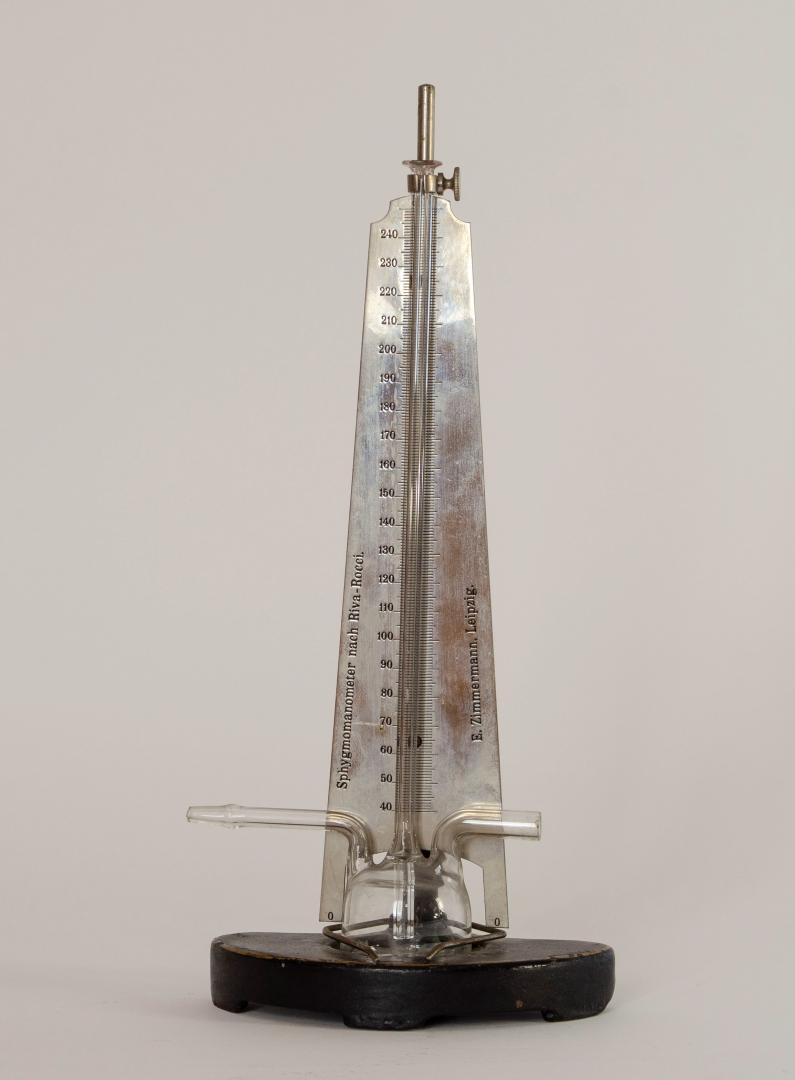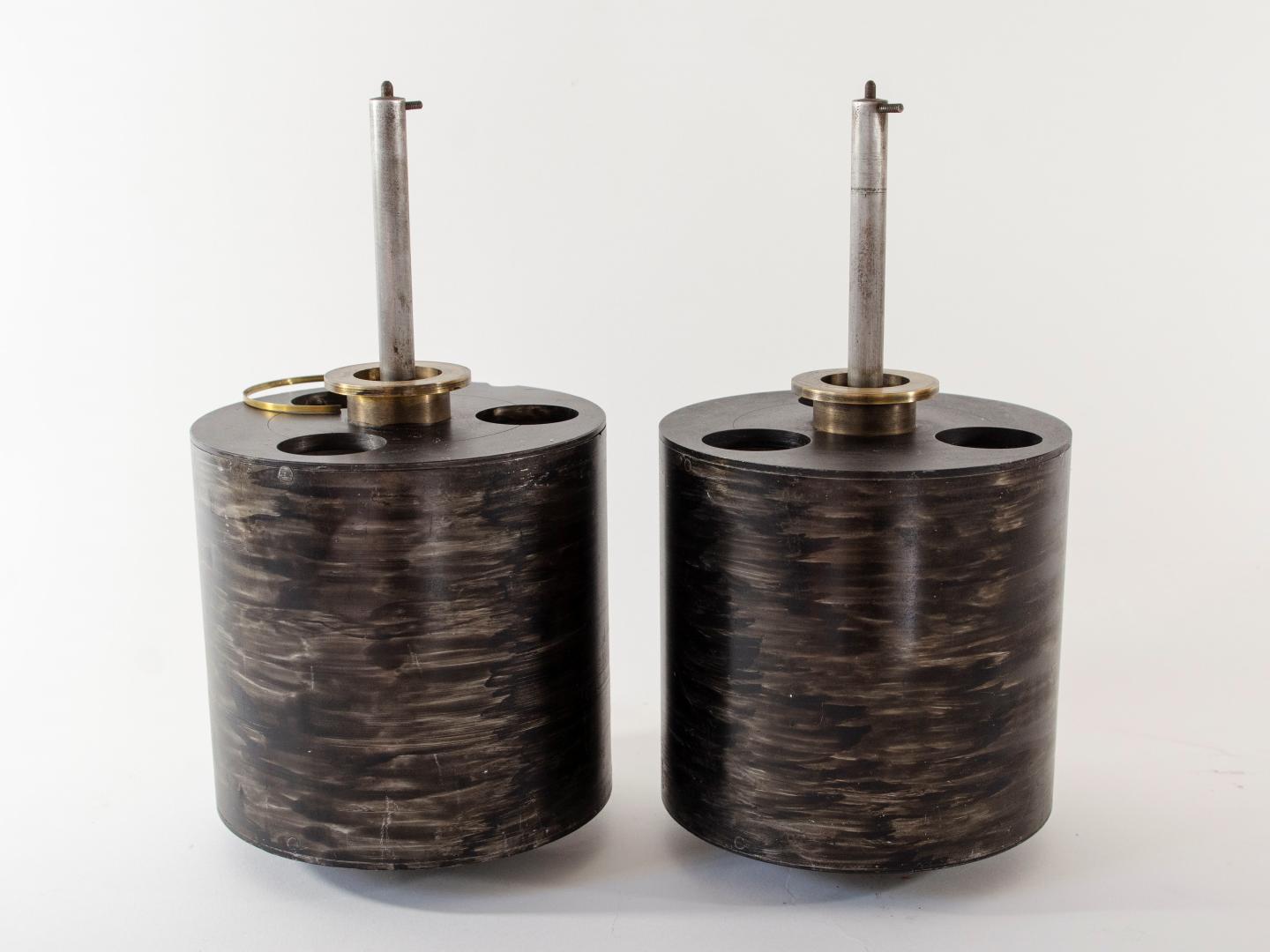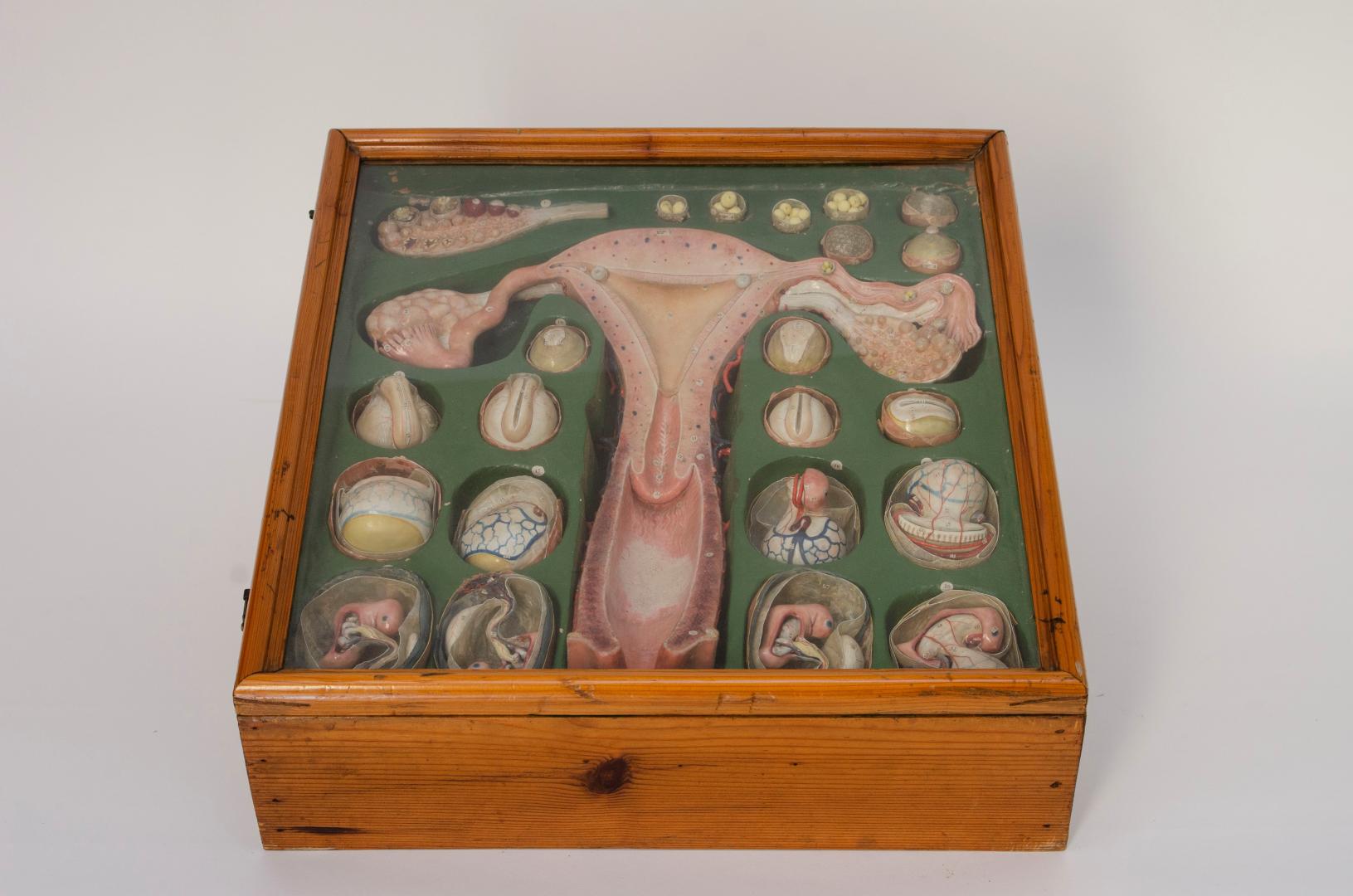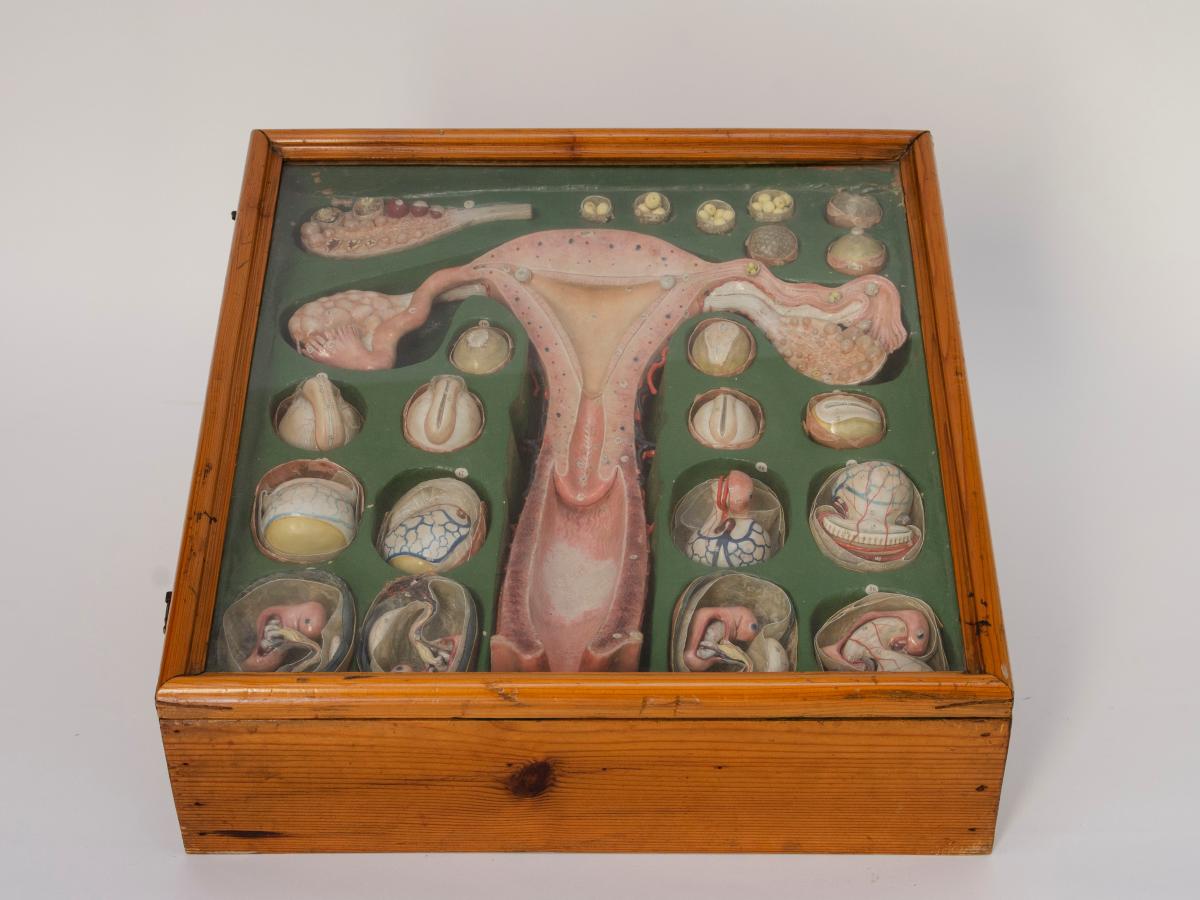
Introduction
The scientific collection of Human Physiology was created by Prof. Giuseppe La Grutta who wanted with extreme commitment to collect and take care of the restoration of most of the equipment used in the laboratories active since the beginning of the nineteenth century when the discipline was introduced in the University of Palermo. And it is, in fact, in the nineteenth century that physiology is characterized by being a discipline that is developed thanks to the use of multiple techniques in order to know the functions of different organs and systems and their integration under the control network operated by the nervous system. This is the reason why in the collection it is possible to recognize different measuring instruments (time, force, weight, space, pressure, voltage, electrical activity, etc.) that in an integrated way and with a level of sensitivity linked to the period offer an objective evaluation of the functional parameters of studied organs (e.g. brain, spinal cord, gastro-enteric canal, etc.). The collection collects the equipment that since 1801, the year of the introduction of the autonomous teaching of Physiology in Palermo, has been used with particular reference to those employed in neurophysiological and psycho-physiological investigations that more recently have been included in the more modern and broader framework of Neuroscience.
History
Most of the scientific equipment in the collection refers to the research activities carried out in more than 110 years at the current headquarters of the former Institute of Human Physiology (now the Human Physiology Section of the Department of Biomedicine, Neuroscience and Advanced Diagnostics – BiND); to these is added a further share of instruments from the Experimental Cabinet of Physiology, originally located at the former Convent of the Theatines, currently the Department of Law of the University. This section of the collection gathers scientific equipments used in the psychoneurophysiological experiments, research conducted from the first decade of the nineteenth century until the early twentieth century when electrophysiology established itself worldwide as an innovative research field driven by the introduction of both experimental and clinical electroencephalography. The current arrangement of the collection on the first floor of the building dates back to the first decade of 2000 when all the pieces of the collection were carefully restored and exhibited in special display cases for optimal fruition. The collection not only testifies to the areas of research carried out in about 2 centuries of history of Physiology in Palermo but also to the quality of the research and the international level of the same, the result of fruitful scientific collaborations between Palermo Physiologists and famous European Schools of Neurophysiology such as the those that still have prestigious university brances in Brussels, Marseille, London and Stockholm. The value of the scientific equipment exhibited in the collection is evidenced by the fact that similar equipment (see gallery) is exhibited in important European Science Museums such as the Deutsches Museum in Munich, Leonardo da Vinci National Museum of Science and Technology in Milan or in other restigious scientific collections of Italian and European universities.
Open upon reservation only
No ticket


